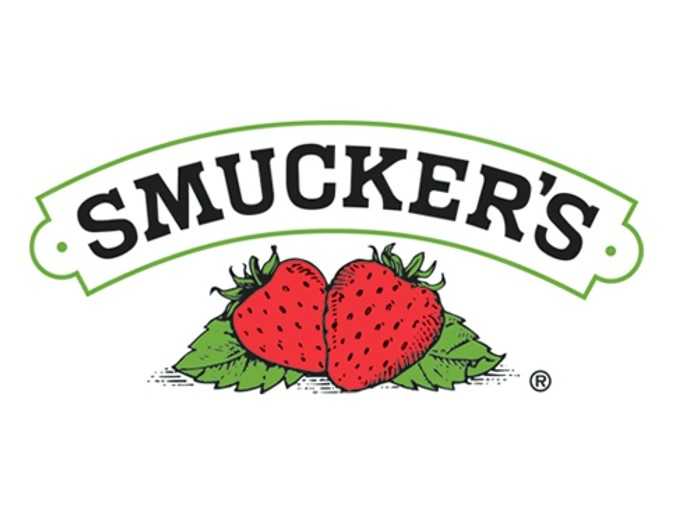ORRVILLE, Ohio, U.S. – J.M. Smucker Co on Tuesday reported quarterly sales that beat Wall Street estimates, driven by higher demand for its Dunkin’ Donuts-branded coffees and premium pet foods. The U.S retail coffee business, which houses Folgers and Dunkin’ Donuts-branded coffee, increased 2 percent to $561.6 million.
J.M. Smucker’s fiscal third-quarter sales increased 6% to $2.01 billion, topping analysts’ estimates calling for $1.99 billion. The company’s bottom-line performance was even more impressive, with adjusted earnings per share checking in at $2.26, well above analysts’ estimates of $2.01 per share.
Executive Summary
- Net sales increased $108.6 million, or 6 percent, led by the addition of Ainsworth and the Company’s growth brands.
- Net income per diluted share was $1.07, including a noncash impairment charge within the U.S. Retail Pet Foods segment. Adjusted earnings per share was $2.26.
- Cash from operations was $421.1 million and free cash flow was $333.0 million.
- The Company maintained its guidance for full-year fiscal 2019.
“We are pleased with the progress that we made in the third quarter to advance our consumer centric strategy for growth, including increasing contributions from new platforms such as 1850™ coffee and Jif® Power-Ups™ snacks,” said Mark Smucker, Chief Executive Officer. “Our results reflect strong sales across all of our key growth brands, including double-digit increases for Rachael Ray® Nutrish®, Smucker’s® Uncrustables®, Nature’s Recipe®, and Sahale Snacks®. We are also pleased with our cost management efforts, as we continue to deliver on our synergy and cost savings targets. Across all our businesses, we are executing on our strategic plan focused on meeting consumer and retail trends and delivering sustainable long-term growth.”
U.S. Retail Coffee
Segment net sales increased $12.5 million in Q3, as favorable volume/mix contributed 5 percentage points, primarily due to the Dunkin’ Donuts® and 1850™ brands. The favorable volume/mix was partially offset by lower net price realization due to increased trade spend. Segment profit increased $2.1 million due to lower input costs and favorable volume/mix, which more than offset lower net price realization and increased marketing expense

















